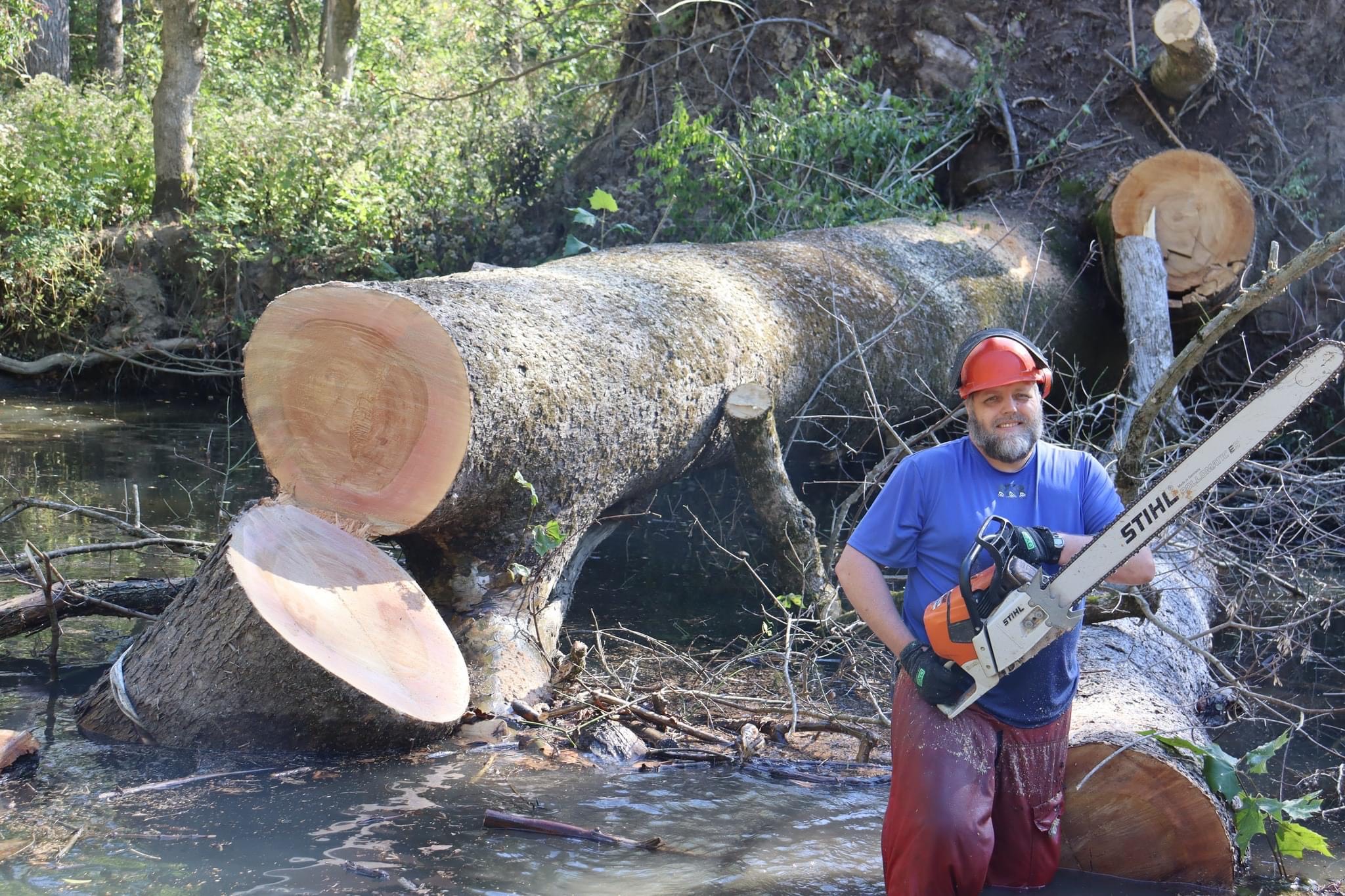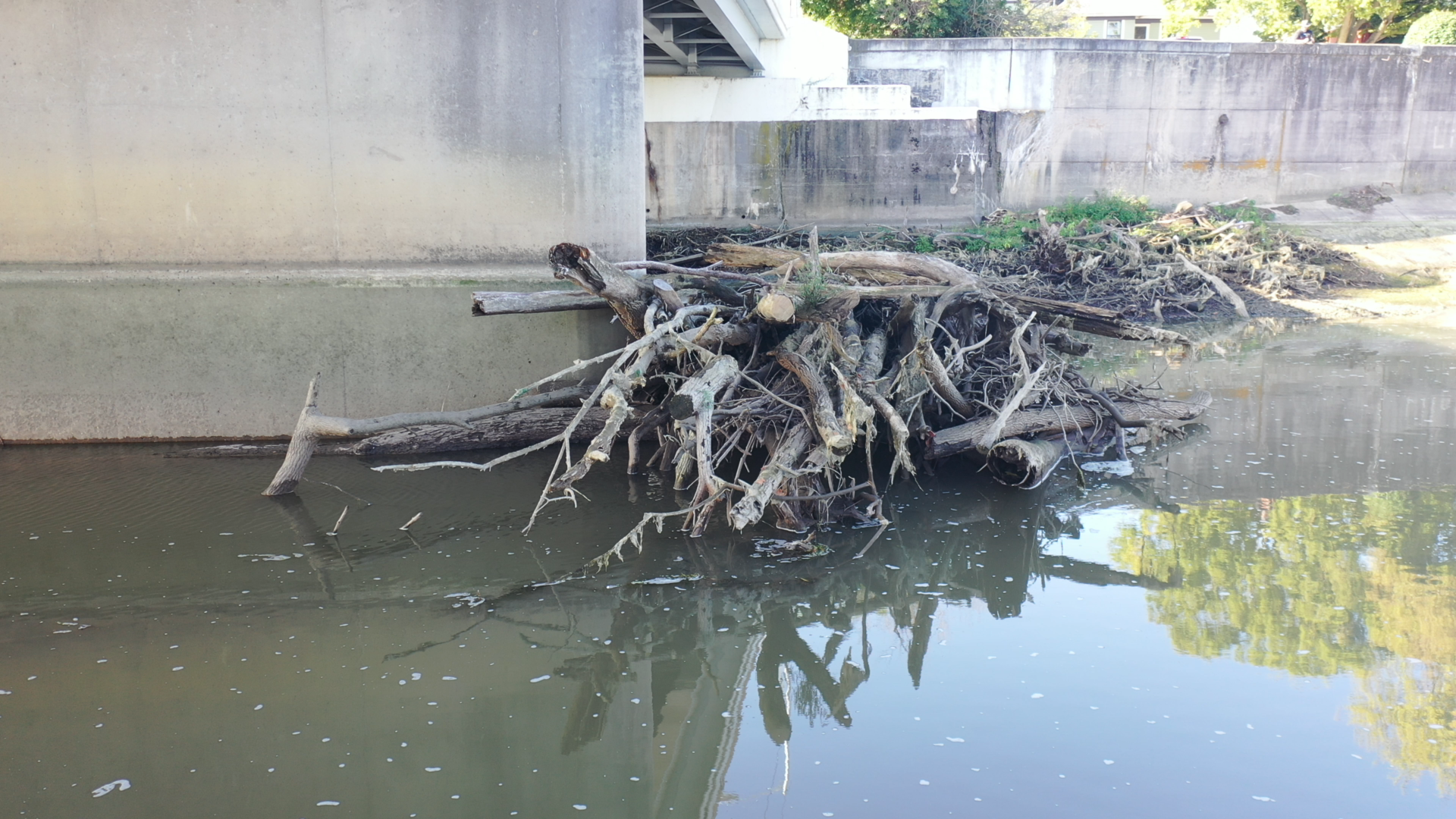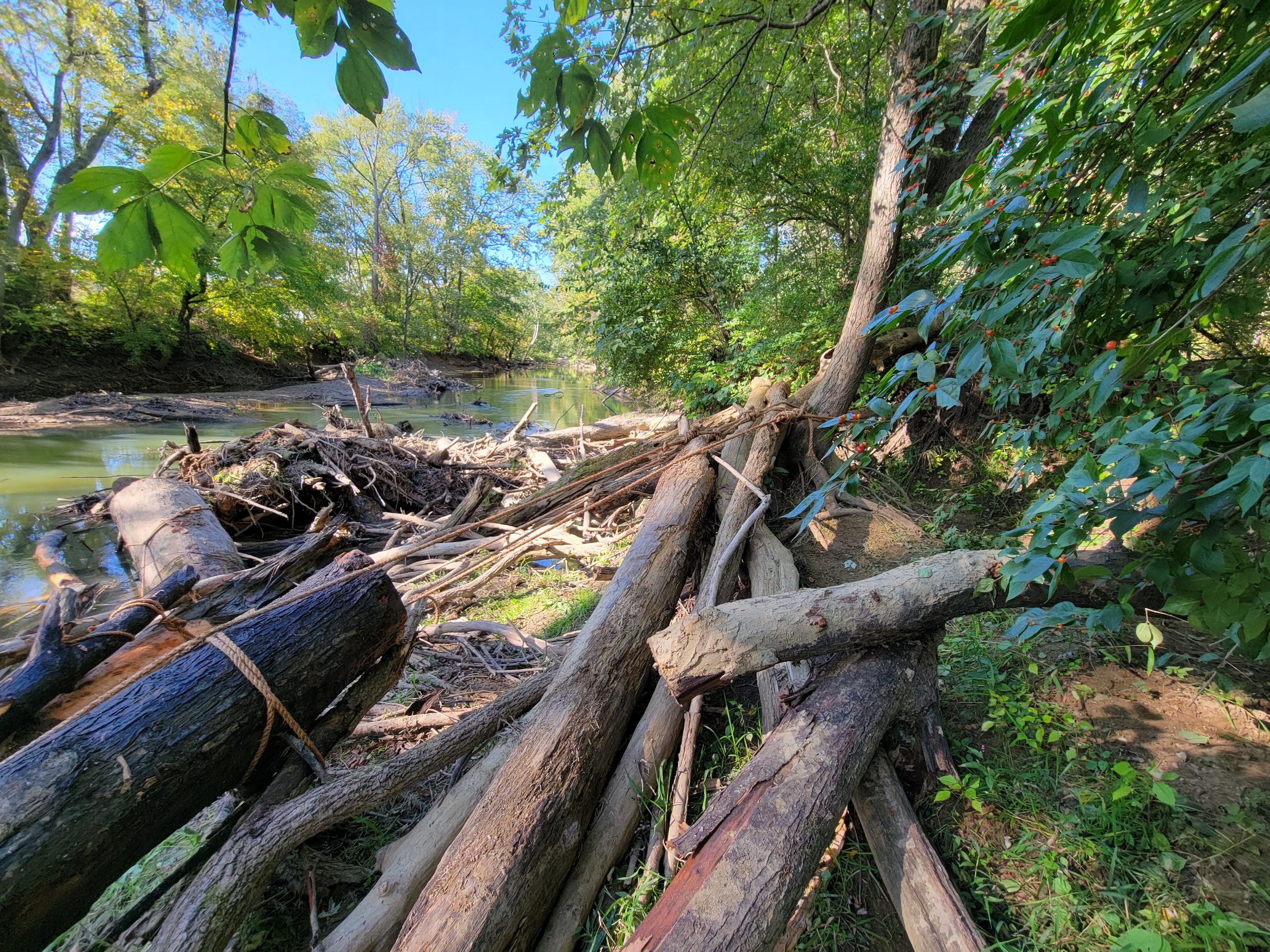Debris Management

Large Woody Debris
Large Woody Debris or LWD can be a challenging subject for many people. On one hand, the debris along waterways and in riparian corridors is very beneficial for the health of the ecosystem. On the other hand, LWD once in the waterway can continue to grow and lead to significant flooding and erosion. Additionally, debris in popular waterways can become hazardous and could lead to serious injury or even death. Balancing the health of the ecosystem with proper waterway maintenance is often a balancing act.
Now What?
LWD that needs to be removed from the waterway can be completely removed from the floodplain and riparian, or in many cases, may be repurposed as bank stabilization support, or as habitat. Each situation is unique and each waterway has different regulations that determine the approved methods of managing the LWD. In many instances, the funding source also may determine the approved course of action. We liaise with governing bodies to determine the best course of action to manage the LWD in accordance with all regulatory requirements. Repurposing the LWD allows the natural biomass to remain, which is often the best choice for the ecosystem.


Application
LWD that is repurposed is stabilized using all biodegradable materials. Many contractors that work on waterways will secure debris with various permanent or semi-permanent methods. These methods often involve leaving metal bars, cables, or other devices in the waterway that can become hazardous and unsightly. Our approach is fully biodegradable. This means that much of the repurposed debris is often buried into the waterway through the natural processes of erosion and sedimentation. Additionally, the materials used to secure the debris will continue to breakdown and cannot pose a hazard to passers-by, or leave man-made debris behind for generations to come. The entire system is designed to be recycled by nature and to enhance a healthy riparian corridor.
